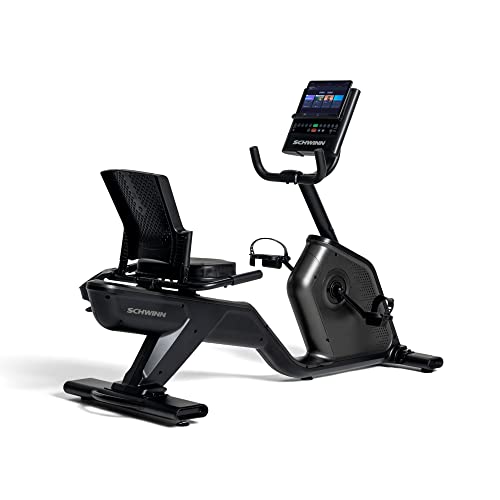I was lucky enough to find one of the best 333 hubs I’ve ever seen. So, I cleaned and polished it, because that’s what I do.
View attachment 250436
Then I laced it up with new spokes after I polished the Murray M.O.M. rim I bought for it.
View attachment 250437
WARNING: the following is long and boring. Move on to the next post if you don’t care about wheel truing. Summary: I trued the rear wheel.
I didn’t get a laced picture because I got right to work. I have 14 wheels in total I have to lace and true, so no time to fart around.
@Pondo visited a while back, and
@barbedwire has been asking questions, so I thought I’d take the time to give a poor explanation of how I tension and true rims.
Tools: Truing Stand, spoke wrench (I use a 14mm because I exclusively use 14g straight gauge stainless spokes and 14mm brass nipples because they most resemble original), dishing tool.
Oh… and I made a special spoke bit for my drill to speed up tensioning.
@Pondo can tell you how slow it goes by hand because his nipples were too small. Yes, Pondo has small nipples)
First, rack it up and tighten the two nipples on either side of the valve hole. You want to tighten them until the spoke meets the bottom of the slot (roughly). My tool has a center “finger” that holds the tool in the nipple, then tells me when the spoke is there by pushing the tool out.
View attachment 250438
Then tighten the two that are 180 out from the first two. Then go 90 degrees and tighten those two, then 180 and tighten those two. You’ve just set 4 quadrants. It doesn’t matter the order, but pick a quadrant and tighten them up, then go to the opposite quadrant. It more evenly distributes the tension on the rim.
Then I take my spine wrench and go around and feel the tension evenness by giving each nipple a 1/4 turn, and adjusting for what I feel. After that, I lube the nipples! (I can’t get in trouble for this because the are called nipples. I didn’t name them nipples, but someone did. So… nipples)
Anyway…. LUBING THE NIPPLES!! It’s very important.
View attachment 250439
I put a drop on the top, then at the base for each. Then I go to the outside of the rim and put a drop on the head at the rim. This is important because you don’t want them to bind while you’re truing. If you bind up, the tension from the binding will get released and you’ll lose the work you did. You’ll still have the small pop or two, but nowhere as bad if you try this dry.
This is after the initial tension. Not a bad start.
View attachment 250441
Next up is the dish. Whether front wheel or back, multi-speed or single, “dish” is centering the rim to the outside nuts of the hub so it sits evenly in the frame or fork. You use a Dishing Tool for this.
View attachment 250440
Basically the tool is a gauge. You put the foot on one side, flip the wheel over and make sure it hits exactly like the other side. You tighten one side of nipples all the way around or loosen the opposite side to pull the rim (or push the hub. Whichever way you want to call it.)
Man… it’s so much easier to show this in action. I warned you this was going to be a poor explanation! Hard to see in the pic, but the drive side is “flatter” than the non-drive side to accommodate the freewheel.
View attachment 250442
Next I get the side to sides evened in a little so it’s easier to judge the roundness of the wheel. That’s my next goal, to make the rim evenly round around the hub. This is tough to explain, but you have to think of spokes as a community, and they share tension. So if one side has too much, and is pulling the rim towards the hub, the opposite side has too little is is letting the rim slide too far away. So you have to exchange, not just change, tension. When you get it right, it looks like this.
View attachment 250443
Lastly is the side-to-side adjustments, but you have to keep in mind the dish, and the round. Any big changes can throw those off. But by now, you should be down to small adjustments. You will start with your guides wider, and work your adjustments smaller and smaller until none. You can tighten one side to pull the rim toward it, or loosen the opposite side to let the rim get pulled, or usually it’s a combo of tightening one/loosening its neighbor.
Steel is a lot hard to true than allow. And old, used rims like I work with a lot could have battle scars. So they may not come out perfect. But this came out pretty good.
View attachment 250444
















































